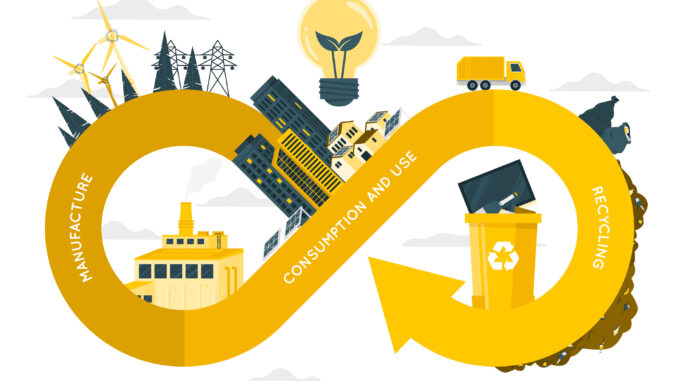
As organizations increasingly focus on sustainability within their operations and throughout their supply and value networks, the intricacy of conducting business becomes more complex. Those involved in global supply chain management typically possess a comprehensive grasp of the moving parts across their supply chain and sector landscape. For those who are new to cross-sector collaborations or implementing sustainability goals and commitments, it often takes time to get fully up to speed.
In today’s interconnected world, where supply chains stretch across continents and consumers are increasingly conscious of the social and environmental impact of their purchases, ethical sourcing, and sustainable procurement have emerged as critical factors in achieving business success. Before entering agreements with consumers, businesses need to conduct thorough assessments, develop comprehensive codes of conduct, and extensively provide training programs to ensure they meet ethical standards. To ensure compliance, Key Performance Indicators are established to track supplier performance in areas such as labor practices, supply chain transparency, and environmental sustainability. Regular audits and scorecards are then used to measure progress, identify improvement areas, and reward those demonstrating exemplary practices. This empowers suppliers to align with the firm’s values, fostering continuous improvement across the chain.
At the core of the supply chain is green manufacturing which aims to strike an equilibrium between economic advancement and ecological accountability. It encompasses various strategies such as implementing renewable energy sources. Companies are continuously striving to incorporate clean energy solutions such as solar panels or wind turbines in their facilities, minimizing reliance on fossil fuels and lowering GHG emissions. Another crucial component is product design. To achieve circularity and become regenerative, companies are designing products with their end of life in mind. Research and development leaders as well as product designers are asking themselves questions, such as ‘How will the product be repurposed, reused, refurbished, or returned to the earth’. Many are leveraging on sensors to track which products are causing damage to the atmosphere and feed that back into the design process for future products to help meet their corporate commitments.
Waste management has emerged as a primary global concern due to its impact on economic development, human health, and the environment. It is a strategic challenge for the supply chain since its system depends on several elements, including collection methods, disposal facilities, and inventory management. Understanding the dynamic nature of their interconnections is critical for sustainable management and planning. Globally, businesses are employing recycling programs, investing in advanced wastewater treatment, and adopting circular economy principles to ensure that waste generated during production processes is reduced or transformed into valuable resources. As a result, the disposed amount released to landfills will continually decrease.
Packaging plays a crucial role in the supply chain, serving various functions like safeguarding products, aiding transportation, and conveying information to consumers. Nonetheless, conventional packaging such as single-use plastics and non-recyclable materials has notable adverse environmental impacts. Sustainable packaging aims to minimize waste generation by implementing strategies such as light-weighting, right-sizing, and eliminating unnecessary packaging components. Today, businesses are embracing circular economy principles which involve designing those that can be easily recycled, repurposed, or composted. This supports closed-loop systems where wrapping materials are continually cycled back to the production process.
With digitization and the global expansion of businesses, logistics management has spread its network to reach the last mile in the chain. Transportation serves as the essential component driving this system. However, powered by fossil fuels, it is a major contributor to the increasing levels of greenhouse gas (GHG) emissions. To counter this, businesses are gradually replacing aging vehicles and investing in electric or hybrid fleets. Additionally, many technological innovations are continuously emerging to reduce transportation-related carbon emissions. From utilizing 3D truck loading software to fill most of the cargo space, AI-powered route optimization systems that analyze real-time data to powering vessels with green hydrogen for carbon-neutral shipping and aviation industries.
In a competitive global landscape, visibility is essential for companies to make precise, strategic business choices and respond to necessary supply chain events that could impact profitability and customer satisfaction. End-to-end supply chain visibility allows organizations to monitor and track various components from the point of purchase through the delivery to the final customer. Organizations will then capture the data in a central database to review, analyze, and mine for actionable insights. Since this implementation demands a proactive approach to data handling, firms are making substantial investments to support this digitalization and data management system. Achieving this necessitates establishing connections and collaboration with suitable stakeholders.
Companies stand to face reputational damage if their supply chains are not carefully monitored and they become entangled in a scandal. Therefore, firms are increasingly viewing sustainability in their entire supply chain as being essential to long-term profitability, creating valuable opportunities and competitive advantages.
